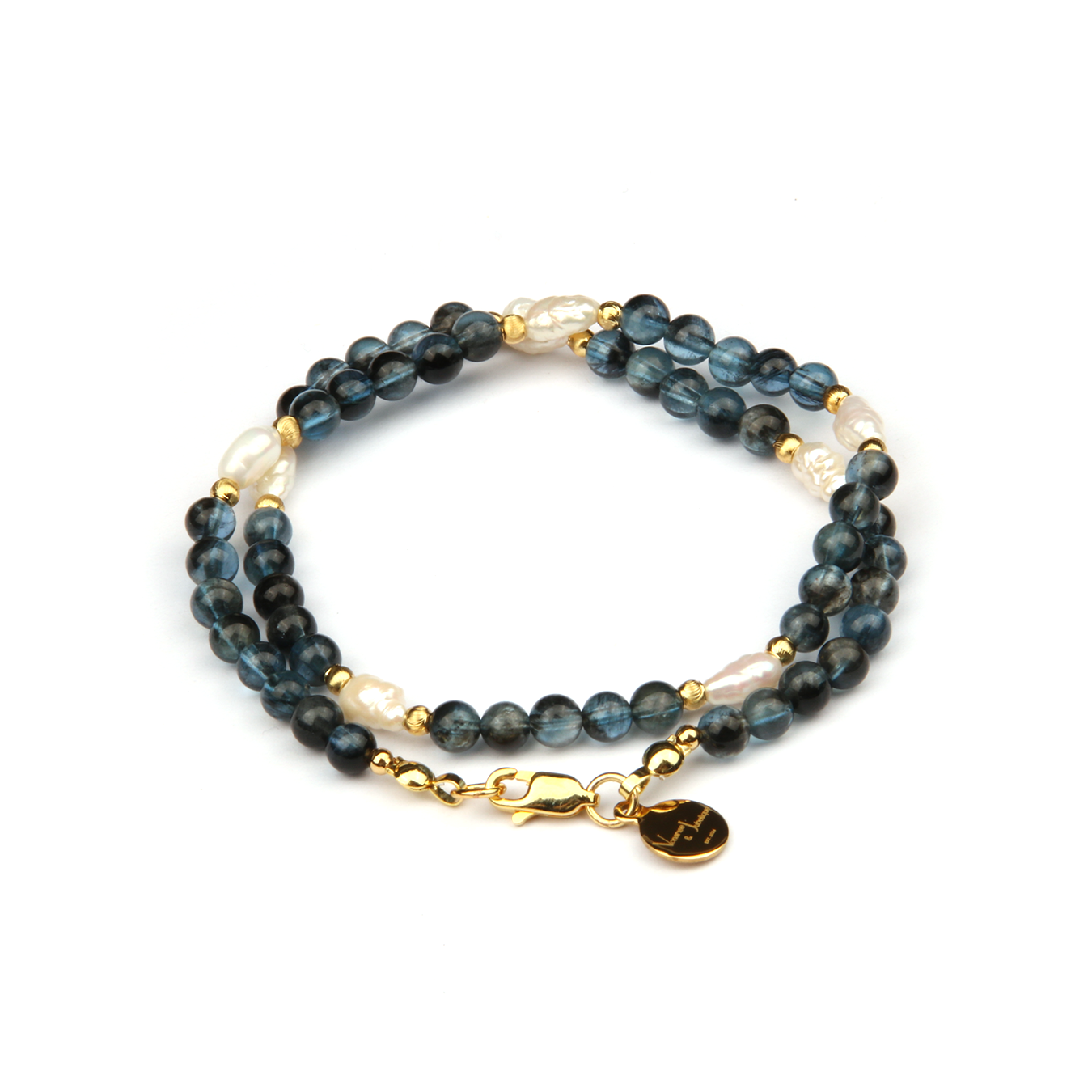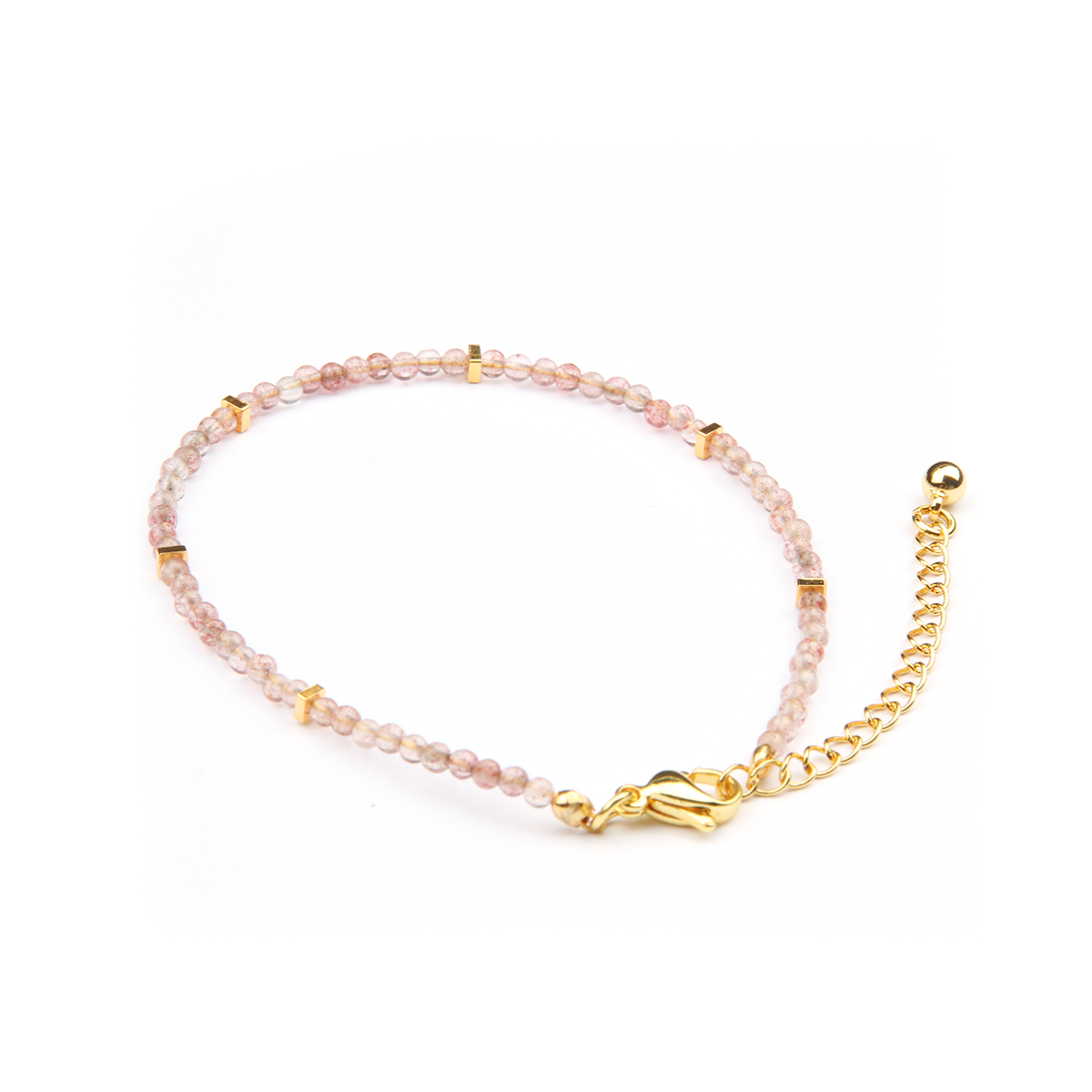Tourmaline
The Gemstone of Protection and Balance
Tourmaline is a semi-precious gemstone known for its striking range of colors and powerful energetic properties. A complex borosilicate mineral, it’s found in various hues—from black and pink to green, blue, and even multicolored formations like watermelon tourmaline.

Tourmaline's crystal structure includes elements such as aluminum, iron, and lithium, which contribute to its energetic diversity. It often forms in vertical striations and is prized both for its physical beauty and spiritual resonance.
Tourmaline is one of the few gemstones that can appear in nearly every color of the rainbow. Its optical phenomena include pleochroism—displaying different colors when viewed from different angles.
Origins of Tourmaline
Tourmaline is a highly versatile and colorful gemstone found in various locations worldwide. Major sources include Brazil, Madagascar, Afghanistan, Nigeria, and the United States (particularly California and Maine). Brazilian mines, especially those in the state of Minas Gerais, produce some of the finest and most vibrant specimens. Each region's unique geological conditions contribute to the vast spectrum of colors that make tourmaline one of the most diverse gemstones on the market.
Formation Process of Tourmaline
Tourmaline is a boron silicate mineral formed in igneous and metamorphic rocks under high-pressure conditions. It develops through hydrothermal activity, where mineral-rich fluids cool and crystallize within cavities of granite and pegmatites. The presence of different trace elements, such as iron, manganese, and lithium, influences the color variations, resulting in shades ranging from deep greens and blues to pinks and even multi-colored formations.
Cultural Significance and Meaning of Tourmaline
Throughout history, tourmaline has been revered for its protective and healing properties. Ancient cultures believed it could shield against negative energies and promote emotional balance. In Ayurvedic traditions, tourmaline is associated with the chakras, particularly green tourmaline (heart chakra) and pink tourmaline (emotional healing). In Western metaphysical practices, tourmaline is known as the “receptive stone,” helping to absorb and neutralize negative energy.
- Ancient Uses and Symbolism
In ancient Egypt, Tourmaline was believed to have traveled through a rainbow, collecting its colors. Indigenous tribes used Black Tourmaline as a talisman to protect against negative spirits and harmful energy.
- Modern Spiritual Significance
Today, Tourmaline is known as a stone of protection, emotional balance, and spiritual empowerment. Each color variety brings its own unique energy, making Tourmaline a versatile tool in crystal healing and metaphysical work.
Tourmaline Meaning by Color
Black Tourmaline Meaning
-
Primary Energy: Protection, grounding
-
Spiritual Significance: Shields against EMF radiation, toxic environments, and psychic attack. Aligns with the Root Chakra to create a strong foundation of stability.

Pink Tourmaline Meaning
-
Primary Energy: Love, compassion, emotional healing
-
Spiritual Significance: Opens the Heart Chakra, soothing past wounds and encouraging forgiveness and emotional resilience.

Green, Blue, and Watermelon Tourmaline Meanings
-
Green Tourmaline: Revitalization, growth, and abundance (Heart Chakra)
-
Blue Tourmaline: Calm communication and spiritual insight (Throat and Third Eye Chakras)
-
Watermelon Tourmaline: Emotional harmony and balanced relationships (Heart Chakra integration of yin and yang)



Market Value and Rarity
Tourmaline’s price varies significantly based on color, clarity, and rarity. Common varieties like black tourmaline (schorl) are relatively affordable, ranging from $5 to $50 per carat. However, rare varieties such as Paraíba tourmaline, known for its neon blue-green hues, can fetch prices exceeding $10,000 per carat due to its rarity and high demand. Pink, green, and bi-color tourmalines also command higher prices depending on their saturation and origin.
Tourmaline Properties
-
Emotional Healing: Helps release trauma, reduce stress, and promote inner peace
-
Energy Protection: Creates an energetic barrier against harmful vibrations
-
Manifestation Support: Amplifies intentions and encourages self-belief
Tourmaline is especially helpful for empaths and healers, as it helps maintain energetic boundaries.
Moreover, tourmaline is one of the most versatile crystals for chakra alignment. Different colors correspond to different energy centers, helping bring the entire chakra system into balance.
Root to Heart Chakra Connections
-
Black Tourmaline – Aligns with the Root Chakra, promoting grounding, safety, and stability.
-
Green and Pink Tourmaline – Activate the Heart Chakra, fostering love, compassion, and emotional balance.
-
Blue Tourmaline – Supports the Throat Chakra, enhancing clear communication.
-
Indigo Tourmaline – Opens the Third Eye Chakra, deepening intuition and spiritual awareness.
| Color | Primary Chakra | Spiritual Benefit |
|---|---|---|
| Black | Root | Grounding, protection |
| Pink | Heart | Emotional healing, self-love |
| Green | Heart | Growth, abundance, renewal |
| Blue | Throat | Communication, truth |
| Watermelon | Heart | Emotional harmony, joy |
| Indigo | Third Eye | Intuition, clarity |
Tourmaline is excellent for deep meditative states, especially when you're seeking clarity, protection, or emotional release. Simply holding the stone or placing it on the relevant chakra during meditation can amplify results.
-
Black Tourmaline: Use before or after energy work for grounding and protection
-
Pink or Green Tourmaline: Use during heart-centered meditations to heal past wounds
Place Black Tourmaline at doorways, under your pillow, or carry it in your pocket to form a protective shield. Use it with intention-setting rituals to create strong energetic boundaries.
External
Career & Success
Leadership & Power
Relationships & Communication
Communication Skills
Social Connectivity
Inner
Harmony
Resonance
Connectivity
Initiation
Birth month

Zodiac

Element




Chakras







Planet

Mohs Hardness
7-7.5
Click to copy the tourmaline properties
Emotional and Mental Benefits of Tourmaline
- Anxiety Relief
Tourmaline, especially Black and Pink varieties, helps soothe anxiety and release inner tension. Its grounding energy reassures the mind and body during stressful periods.
- Boosting Confidence and Emotional Stability
By helping to clear energetic blockages, Tourmaline supports emotional resilience, personal empowerment, and courage to face life’s challenges with a balanced perspective.
Jewelry Uses and Fashion Tips
Tourmaline’s hardness (7-7.5 on the Mohs scale) makes it an excellent choice for everyday jewelry, including rings, earrings, and pendants.
-
Bracelets: Great for continuous protection and emotional balance
-
Pendants and Necklaces: Best for chakra alignment and heart-centered healing
-
Rings: Worn for focused intention-setting and manifestation
Rainbow tourmaline & Moonstone Bracelet
Different Colors of Tourmaline:
-
Green Tourmaline: Pairs beautifully with yellow or white gold for a fresh, nature-inspired look.

Green Tourmaline with Moonstone Bracelet
-
Pink Tourmaline: Complements rose gold settings and is a romantic alternative to traditional pink gemstones like morganite or sapphire.

-
Black Tourmaline: A bold and modern option for minimalist designs, offering both aesthetic appeal and protective energy.
Black Tourmaline Bracelet
-
Multi-Colored Tourmaline: Unique and eye-catching, best set in statement pieces like cocktail rings or artistic pendants.
Rainbow tourmaline bracelet
- Rainbow Tourmaline: A vibrant blend of all tourmaline colors, creating a lively and harmonious look. Best suited for beaded bracelets that celebrate diversity and balance.
Tourmaline vs Other Protective Crystals
| Crystal | Key Benefit | Comparison |
|---|---|---|
| Tourmaline | Grounding, shielding, emotional healing | Versatile, chakra-specific |
| Obsidian | Deep soul healing, truth-revealing | More intense and shadow-focused |
| Onyx | Endurance, strength | More stabilizing, less emotionally focused |
| Hematite | Grounding, blood flow support | More physical-body centric |
Identifying Real vs Fake Tourmaline
Visual and Physical Tests
-
Real Tourmaline may show vertical striations and feel cool to the touch
-
It should be slightly heavy and opaque to translucent (not glassy)
-
Fake stones may look too perfect or have air bubbles if made from resin
Check for Color Consistency
Natural Tourmaline has a natural variation in hue—especially in Watermelon Tourmaline, where a gradient or distinct two-tone look is common.
Pairing Tourmaline with Other Gemstones and Materials
-
Diamond: A classic combination for engagement rings, adding brilliance to the colored stone.
-
Moonstone: Creates a mystical and dreamy aesthetic, often used in bohemian jewelry designs.
-
Gold: Enhances the warmth of the gemstone, especially pink and green varieties.
-
Opal: A striking combination that brings out a kaleidoscope of colors, perfect for artistic jewelry pieces.




Color Palette for Artistic and Fashion Inspiration
Tourmaline's vast color range makes it an excellent source of artistic and design inspiration. Here are five shades with HEX codes:

-
#116530Deep Forest Green– Inspired by verdant green tourmaline.
-
#1BA39CNeon Blue-Green– Reflecting the sought-after Paraíba tourmaline.
-
#FFB6C1Soft Blush Pink– A gentle nod to pink tourmaline’s elegance.
-
#D4A017Golden Amber– Found in earthy brown and yellow tourmalines.
-
#0B0B0BMidnight Black – Inspired by black tourmaline’s protective presence.
FAQs About Tourmaline Meaning
Q1: What is Tourmaline good for spiritually?
Tourmaline provides energetic protection, emotional healing, and chakra balance. It helps ward off negative energy while promoting spiritual growth.
Q2: Which Tourmaline color is best for healing?
Pink and Green Tourmaline are best for emotional healing, while Black Tourmaline excels in protection and grounding.
Q3: Can I use Tourmaline daily?
Absolutely. Tourmaline is safe and effective for everyday wear and use, especially in jewelry or near electronics.
Q4: What chakra does Tourmaline affect?
It depends on the color—Black affects the Root Chakra, Pink/Green the Heart Chakra, and Blue the Throat Chakra.
Q5: Is Tourmaline a birthstone?
Yes, it is an October birthstone, alongside Opal.
Q6: How do I charge my Tourmaline?
Use moonlight, earth burial, or sound cleansing to recharge its energy gently and naturally.
Tourmaline’s Many Faces
With so many colors and varieties of tourmaline, it’s often called the “rainbow gemstone.” If you could design a custom piece of tourmaline jewelry, which colors would you choose and why?
Share your thoughts in the comments below!


















Share:
Rutilated Quartz Gemstone Guide: Properties, Rarity, Pricing, Jewelry Uses & Stylish Tips
Rose Quartz Gemstone Guide: Properties, Rarity, Pricing, Jewelry Uses & Stylish Tips